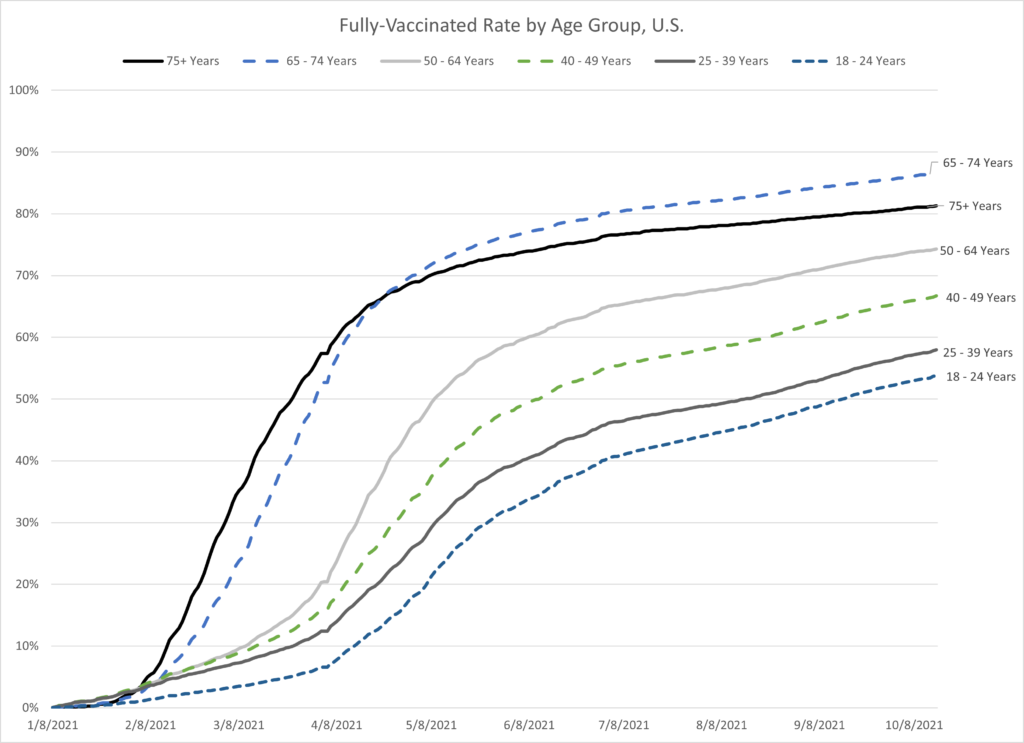Link:https://www.theguardian.com/us-news/2021/dec/08/lead-poisoning-crisis-us-children
Excerpt:
Turokk Dow is one of about 87,000 young children who are diagnosed with lead poisoning in the US each year, more than three decades after the neurotoxin was banned as an ingredient in paint, gasoline and water pipes. Today, lead lingers in houses and apartments, yards and water lines, and wherever states and communities ramp up testing, it becomes clear that the nation’s lead problem is worse than we realized, experts say.
A study published in JAMA Pediatrics this fall suggested that more than half of all US children have detectable levels of lead in their blood – and that elevated blood lead levels were closely associated with race, poverty and living in older housing. Black children are particularly at risk.
“Most American children are exposed to lead, a substance that is not safe at any level,” said co-author Dr Harvey Kaufman, a senior medical director at Quest Diagnostics, which led the study. According to the CDC, “[e]ven low levels of lead in blood have been shown to negatively affect a child’s intelligence, ability to pay attention, and academic achievement.”
….
In California, for example, a 2020 report found that 1.4 million low-income children who were supposed to receive testing never got checked for blood poisoning. In some states, like New York, testing of all children is required, but there is often insufficient followup. A study by the New York City comptroller found that 9,000 rental buildings where children tested positive for blood poisoning were never inspected for lead, resulting in additional children being poisoned.
Author(s): Erin McCormick in Rhode Island and Eric Lutz
Publication Date: 8 Dec 2021
Publication Site: The Guardian UK









